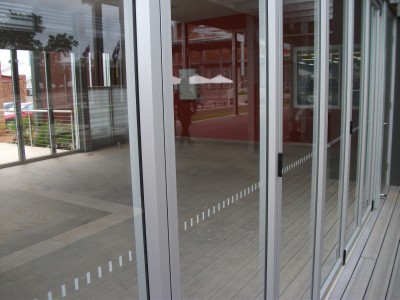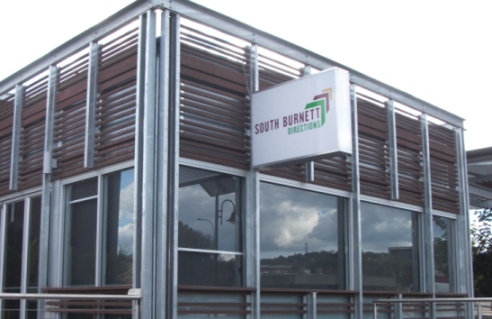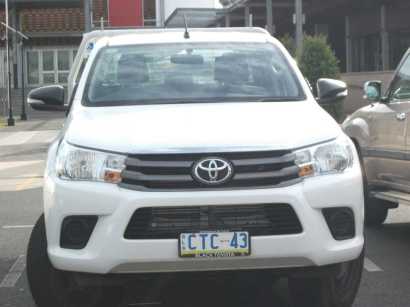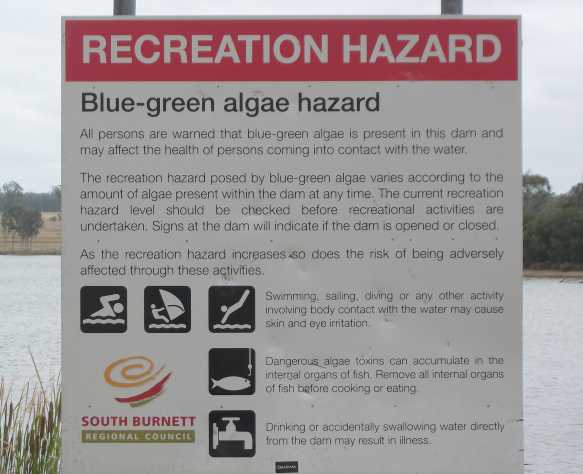Black Strategies of
South Burnett Regional Council (SBRC)
What were they Thinking?
6th November 2019
"Black strategies" are unofficial hidden strategies,
in the same sense that secret operations that governments deny are
known as "black ops".
This report shines a spotlight on SBRC's modus operandi.
It reveals why SBRC makes so many questionable decisions
and it explains why SBRC
will continue to make questionable decisions.
Overview
SBRC spews out
pretentious waffle about its official policies and strategies,
replete with sanctimonious window-dressing
about integrity, transparency and accountability.
SBRC's real modus operandi is very different from its
boilerplate fiction.
Every step of SBRC's way
appears to be guided by sophisticated hidden strategies
that evade and undermine the regulations
that are supposed to protect the public interest.
Observation of SBRC over many years
has led Ms Scipio to identify a set of black strategies
that support a fundamental philosophy of discrimination
that is epitomised by the phrase:
"We all know how things are done around here."
Each of SBRC's never-ending
questionable decisions and activities can be linked
to one or more of these black strategies.
For obvious reasons,
black strategies are always denied and are never documented in writing.
Proof of their existence can only be circumstantial.
The overwhelming proof that these black strategies exist
is quite simply that they precisely explain the whole of
SBRC's endless litany of questionable decisions and activities.
Discrimination
Discrimination is the name of the game.
All of SBRC's questionable decisions and activities are discriminatory.
SBRC's black strategies are the bedrock of SBRC's policies
and the blueprint for SBRC's discrimination.
Most of SBRC's discriminatory activities are carried out via
the convenient mechanism of a property caste system.
SBRC's black strategies and the property caste system
mesh together perfectly,
like two cogs in a machine.
SBRC appears to be adept at
finding new ways to sidestep the rules and regulations
that it is supposed to obey.
This means that in the future
SBRC may evolve new methods of discrimination.
However there appears to be little chance
that SBRC's core strategies
will ever change.







